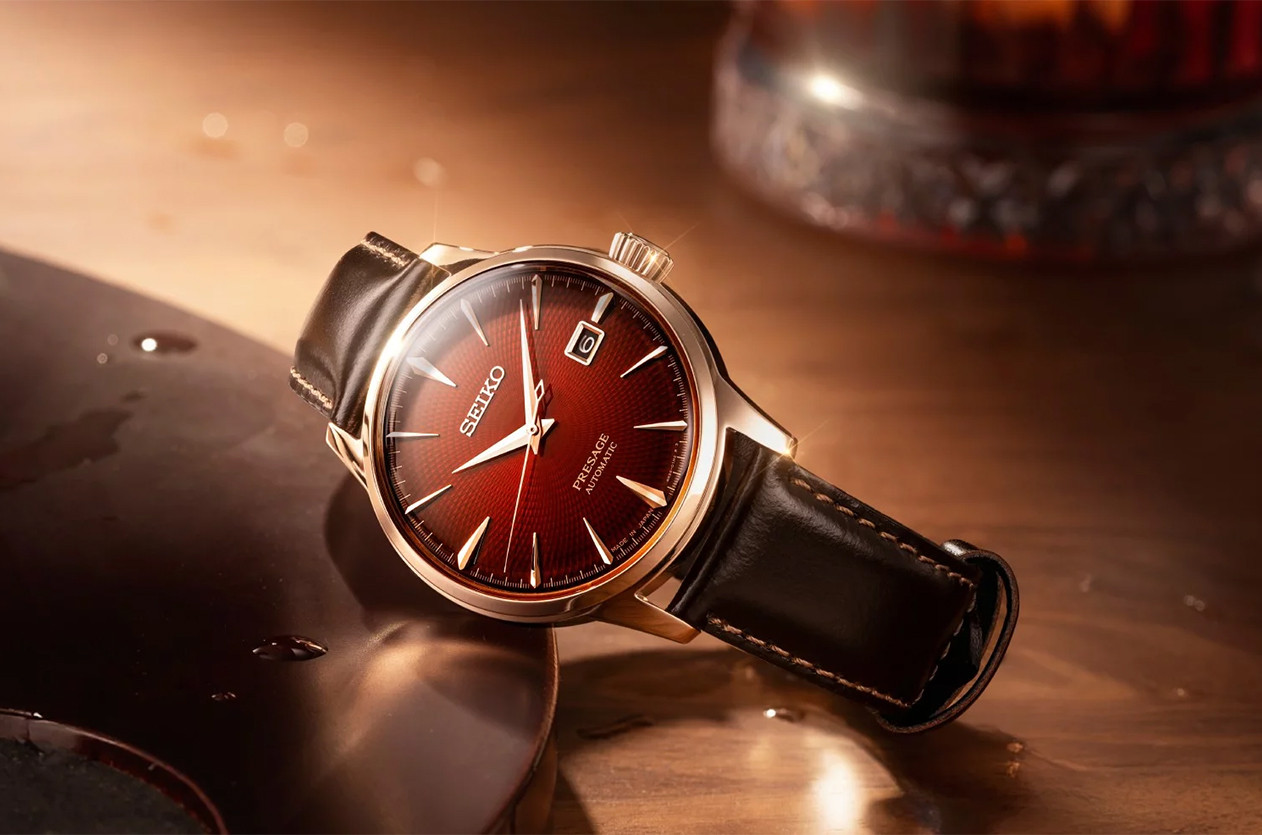
Introducing Seiko Unveils the Presage Cocktail Time SRPL96J “The Conte”
Welcome to the hub of the horoloy
It is the fundamental component of a watch, consisting of internal mechanisms that drive the hands and manage the various functions of the watch. The movement contains a complex system of mechanical, electronic, or a combination of both parts to accurately measure and display time and perform various complications.
Watch movements vary in their operation methods and technologies, including traditional mechanical movements, quartz movements, and hybrid movements.
Mechanical actuators are divided into two types:
Automatic and automatic motors: they derive their energy automatically through the movement of the wrist.
Manual Motors: Powered by manual winding (the crown is turned to power it).
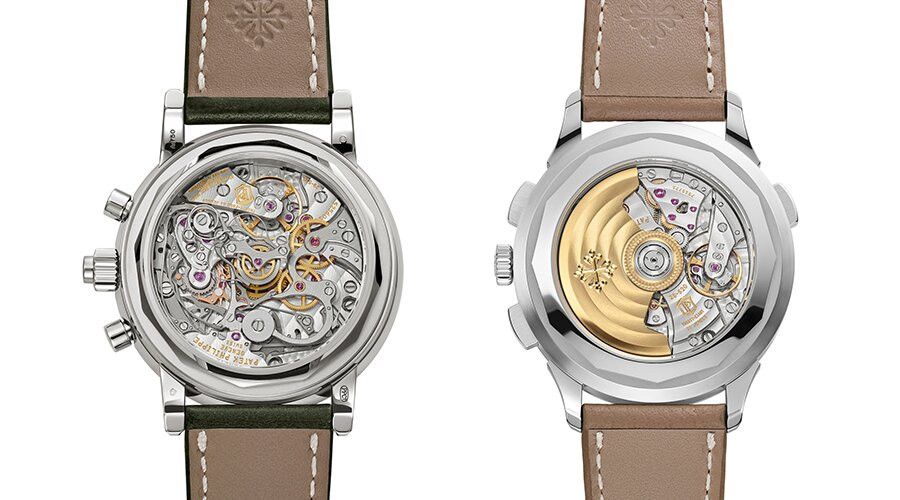

News Dubai Watch Week 2025 Will Be the Largest Ever with 90 Brands Participating
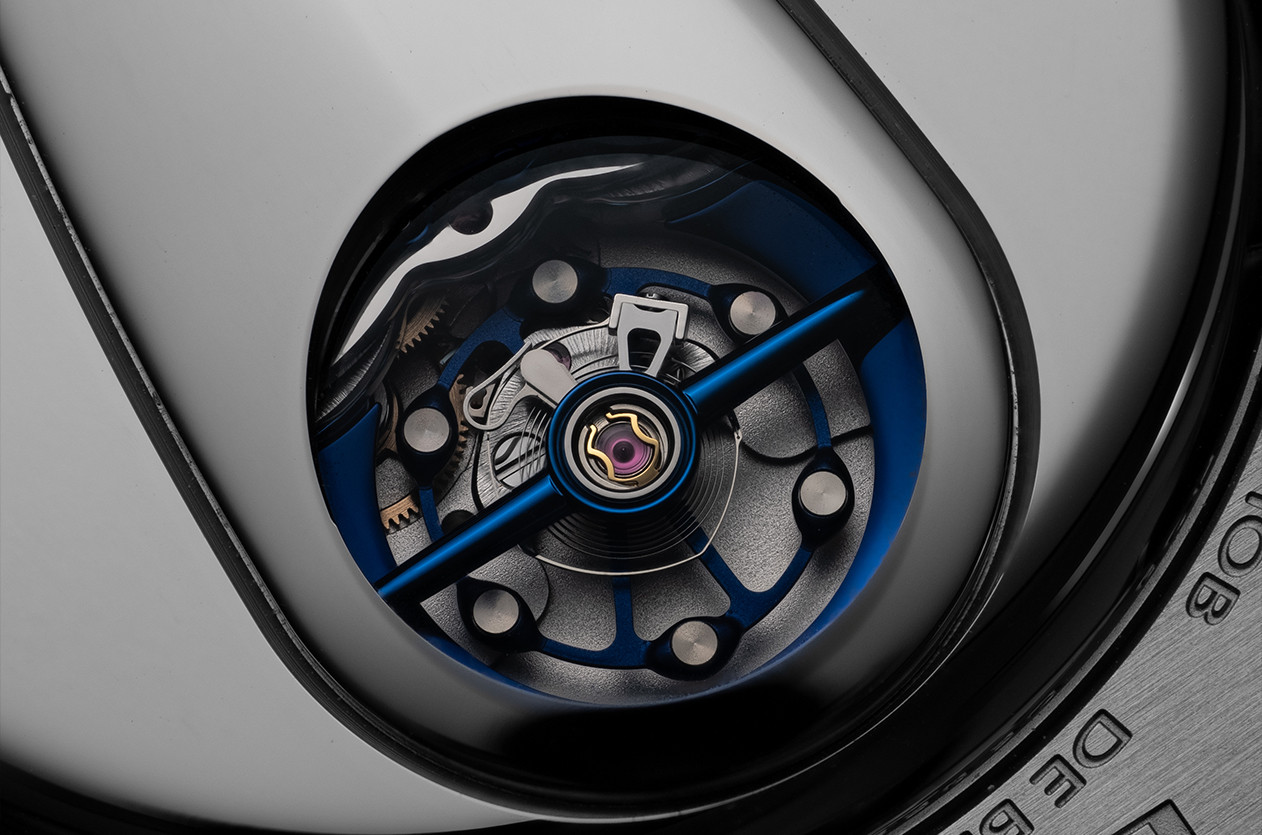
Technical The Frequency, Why It Matters in Mechanical Watches
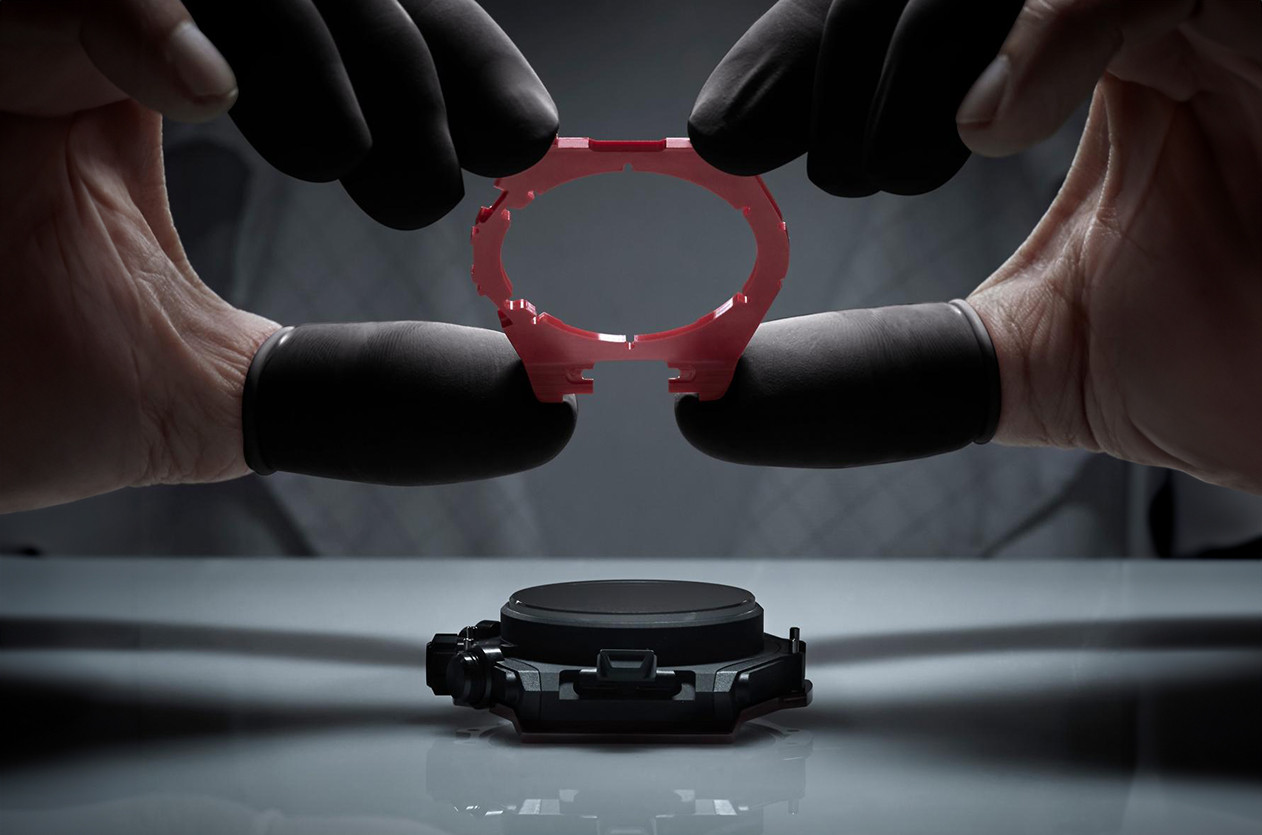
Editorial The Secrets of Watch Case Design

Editorial Abraham-Louis Breguet, The Father of Modern Horology
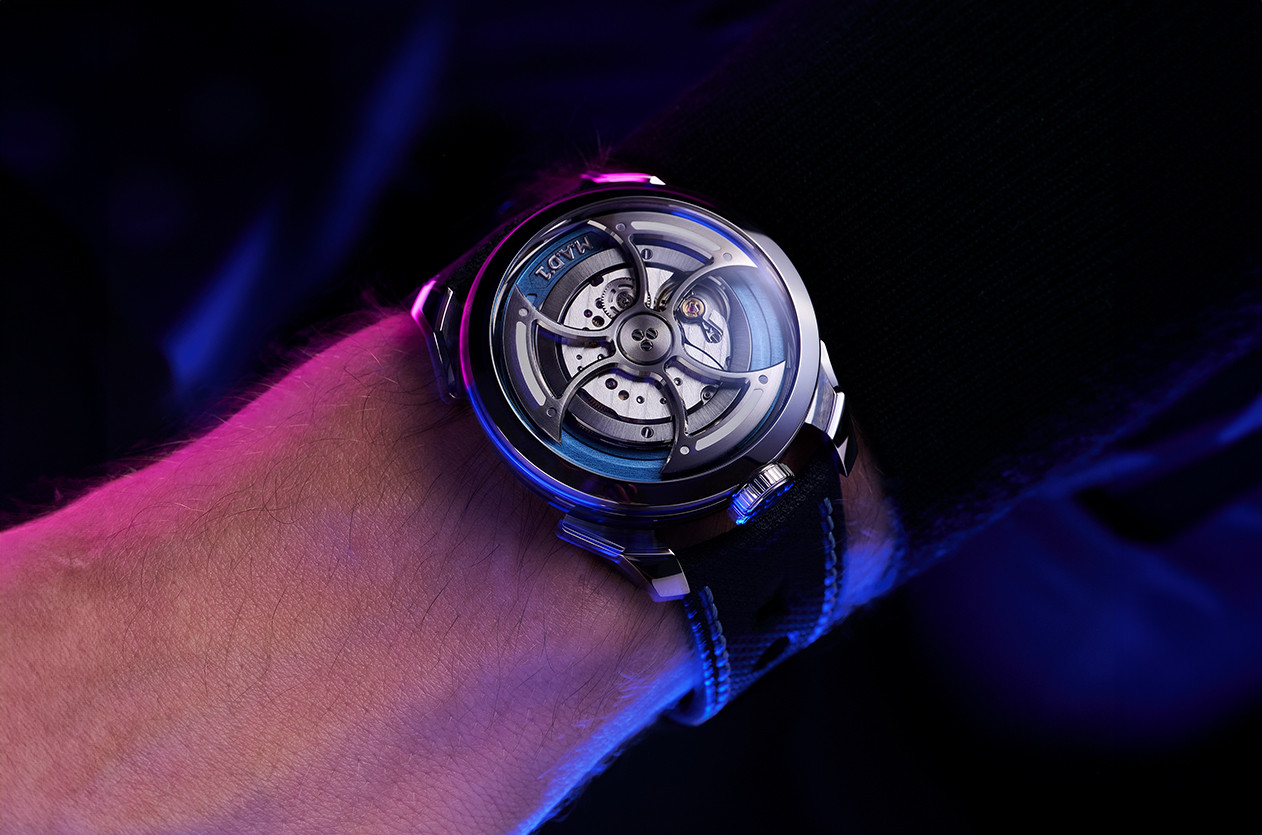
Introducing MB&F Unveils the New Generation of Its Famous Collection the M.A.D.1S
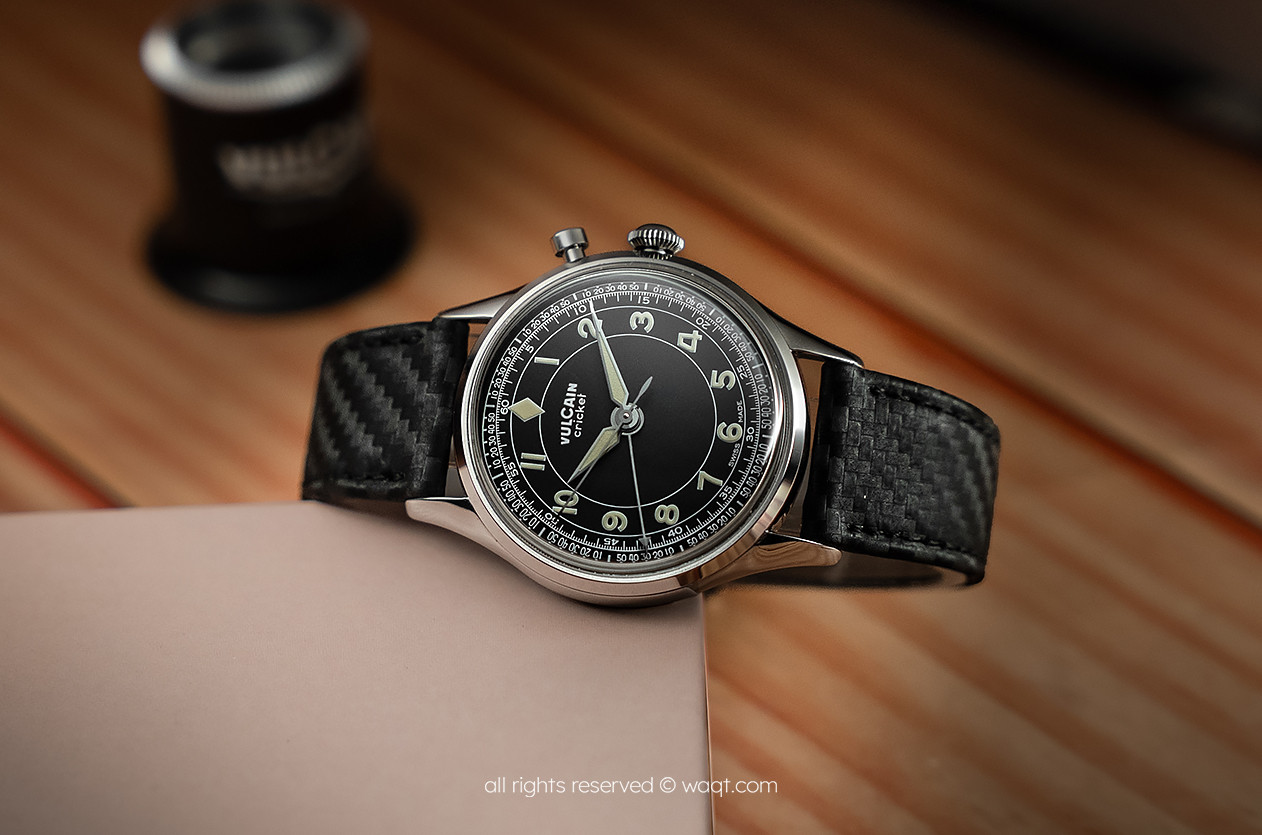
Hands on Vulcain Cricket Classic 39mm Black & Khaki